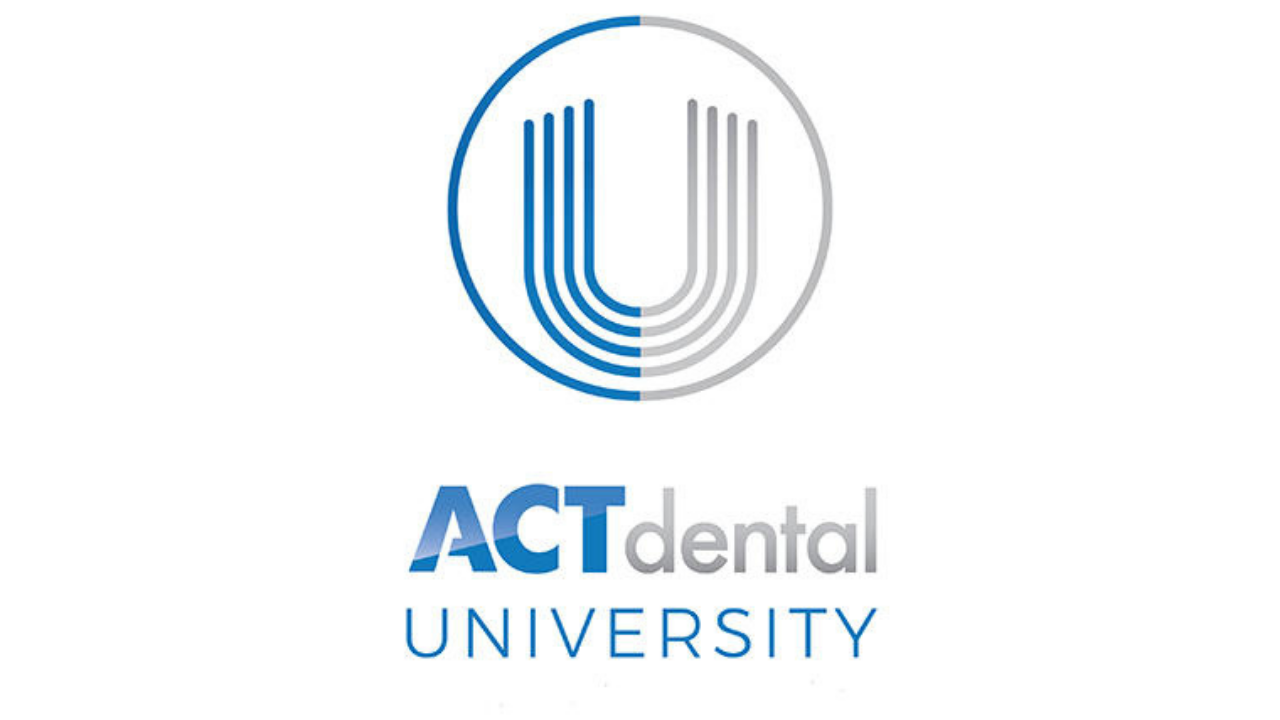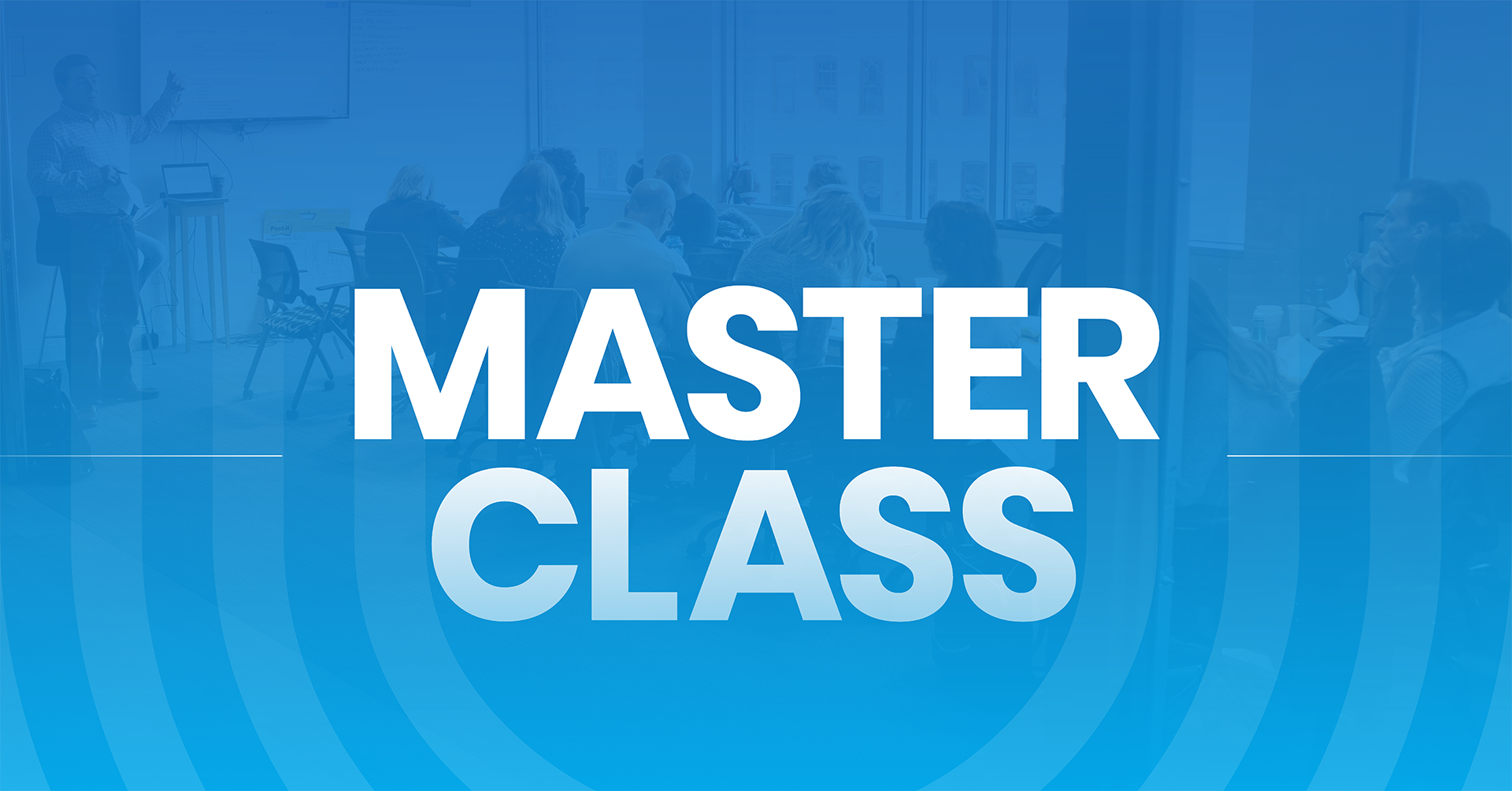Your patients are the life of your dental practice. Without them, your business couldn’t exist – it’s as simple as that. But, in spite of their importance, the number of new patients you manage to acquire isn’t the only indicator of success. The total profit they bring in matters just as much. That is why one of the most important metrics you need to track is the lifetime value each of your patients delivers.
In this article, you will find everything you need to understand the importance of this metric and how to calculate and track it.
Let’s jump right in, shall we?
Customer Lifetime Value: A Definition
Before we dive into presenting the steps and strategies for measuring this metric, let’s first consider what this concept entails.
Customer Lifetime Value or CLV is an estimation of the total worth a patient can bring to your dental practice over the entirety of your business collaboration. Simply put, it is a measurement business owners use to assess the profitability of promotional endeavors.
Calculating the CLV is vital for your dental practice, as your success heavily relies on the relationships you build with your patients. Ideally, a patient doesn’t contact your service just for a one-time procedure but visits regularly. However, this depends heavily on your capacity to form a good relationship and make patients choose you for their dental needs. A long-term relationship ultimately translates into profits for your practice.
How To Calculate The CLV Of Your Dental Patients
You probably know that if you want to succeed in this overly competitive industry, you need to set your dental practice apart in some way. As a result, you should seek to make sure that everything, from your services and special offers to your customer service, communicates your unique value proposition.
Because your dental practice is so different from the others in your niche, your customer lifetime value will differ too. That’s because it depends on a variety of factors, such as location, service fees, and even existing marketing strategies. Because so many factors can influence your CLV, it’s best to calculate it based on your dental practice’s stats rather than just relying on generalized estimates. Try to think of the following things when you want to pin down your CLV:
- The average number of years a patient spends with you (A);
- The average revenue each patient brings annually (B)
- The number of referrals the patient brings in (C);
Next, use this formula to calculate the lifetime value of your patients:
A x B + C = CLV
Why Does It Matter?
As previously stated, knowing the lifetime value of your patients is an excellent way to tweak and improve your business and marketing strategies. Calculating the value of your dental patients will ultimately steer you in the right direction and show if the gains outweigh the costs.
It’s also a way to measure your success. CLV is not a metric you want to have remain constant. CLV growth is a sign that your dental practice is becoming more profitable.
How To Maximize The Lifetime Value Of Your Patients
CLV is not something you estimate once and then forget about. Periodically calculating the lifetime value of your patients will show if your practice is growing. Even if the numbers aren’t that great at first, there are a few things you can do to change that:
- Quality Services
- Chances are you’ve made it your purpose to provide the best dental services to your patients, but that is not enough to increase their CLV, nor to form a stronger relationship with them. You also need to create a sense of proximity with them and show that you value them. Simple gestures like small chats before or after dental procedures can help nurture better relationships. Your patients are more likely to stay with your practice longer if they feel you value them.
- Find the Right Patients
- Excellent services and large smiles aside, it’s equally important to have the right patients if you want to maximize their CLV. Focus on acquiring patients who won’t shy away from more complex procedures or who do not have the financial support (or insurance) to cover comprehensive care.
- Aiming for Success
- Looking at your patient list can give you a false idea of how you practice is doing. Though it’s important to bring in new patients to your practice, don’t neglect the profits your currents patients are providing for you.
By calculating the lifetime value of your patients, you can get a more definite sense of how your practice is performing. Though a CLV is just an estimation, it allows you to make informed decisions regarding what methods to employ when you want to expand or improve your practice.
Categories

Get access to the best dental educators on the planet to bring you "best practices" and help you become the dentist you were called to be. Watch what you want, when you want it. It's 24/7 on-demand access. Friday's we host "Master Classes" with the very best dental speakers you will ever see.

Reserve your spot at the next ACT Dental Master Class
Learn From One of the Best Educators During Our BEST PRACTICES MASTER CLASS Experience.
Kirk Behrendt
Kirk Behrendt is a renowned consultant and speaker in the dental industry, known for his expertise in helping dentists create better practices and better lives. With over 30 years of experience in the field, Kirk has dedicated his professional life to optimizing the best systems and practices in dentistry. Kirk has been a featured speaker at every major dental meeting in the United States. His company, ACT Dental, has consistently been ranked as one of the top dental consultants in Dentistry Today's annual rankings for the past 10 years. In addition, ACT Dental was named one of the fastest-growing companies in the United States by Inc Magazine, appearing on their Inc 5000 list. Kirk's motivational skills are widely recognized in the dental industry. Dr. Peter Dawson of The Dawson Academy has referred to Kirk as "THE best motivator I have ever heard." Kirk has also assembled a trusted team of advisor experts who work with dentists to customize individual solutions that meet their unique needs. When he's not motivating dentists and their teams, Kirk enjoys coaching his children's sports teams and spending time with his amazing wife, Sarah, and their four children, Kinzie, Lily, Zoe, and Bo.
RECENT POSTS
Evaluate Your Year with Intention
December 19, 2025
984: How to Address Chronic Attendance Issues – Alan Twigg
December 19, 2025
983: 2 Things You Must Do in 2026 to Improve Your Reimbursements – Shelley DeGroff
December 17, 2025
Real Practices. Real Progress. Real Proof. - A Year Worth Celebrating
December 15, 2025
Solve the 5 Problems that Overwhelm Your Team
December 12, 2025
981: Leadership Lessons for Thriving Practices – Michelle Wakeman
December 11, 2025
980: This Year, Take Back Control: Protect Your Practice. Reclaim Your Life – Miranda Beeson
December 10, 2025
Is Your Practice Stuck On The Wrong Side Of The Bridge?
December 08, 2025







